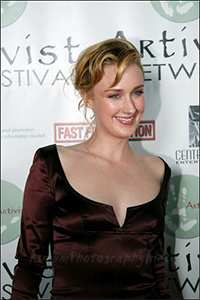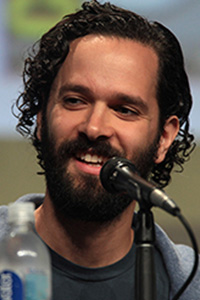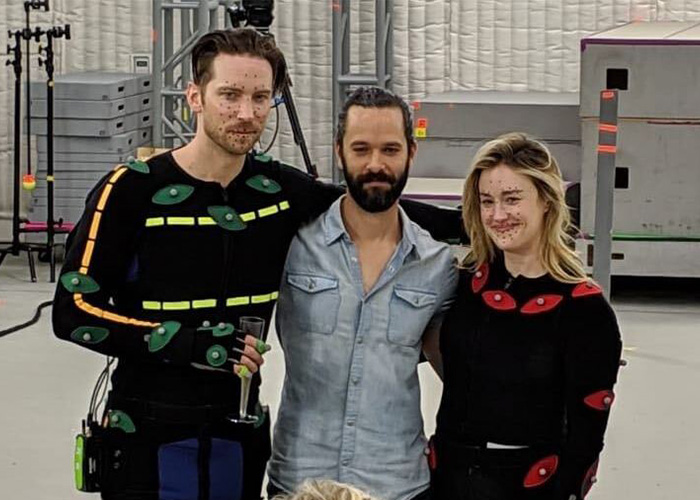Development Insights
The development of The Last of Us was led by acclaimed game studio Naughty Dog, known for their work on the Uncharted series. Work on the game began in 2009, shortly after Uncharted 2 was completed. The team wanted to explore a darker, more emotionally driven story — one that focused not just on survival, but on human connection in a post-apocalyptic world.
The concept behind The Last of Us was inspired by a combination of real-world science and fiction. The idea of the Cordyceps fungus infecting humans came from a real parasitic fungus that infects insects, which served as a unique and terrifying twist on traditional zombie lore.
One of the most ambitious parts of development was the use of motion capture. Unlike many games that record voice and motion separately, Naughty Dog chose to capture both at once. Actors performed entire scenes together, allowing for more natural chemistry and emotion. This approach was crucial in bringing characters like Joel and Ellie to life.
Naughty Dog emphasized storytelling through gameplay. They avoided traditional cutscenes where possible and instead designed in-game dialogue and interactions to organically build the relationship between the characters. This philosophy became a signature of the series and helped establish The Last of Us as a landmark in narrative-driven games.
The result was a groundbreaking title that redefined what storytelling in games could be. It was critically acclaimed for its mature themes, emotional depth, and cinematic presentation — setting a new standard in the industry.
Cast & Crew

Troy Baker as Joel
Troy Baker delivered a complex and grounded portrayal of Joel Miller, a hardened survivor with a troubled past. Known for his wide range in video game voice acting (Bioshock Infinite, Arkham Origins), Baker brought a mix of emotional restraint and vulnerability to Joel. His performance was critical in making the character's moral ambiguity feel believable and relatable.
“Joel is a broken man — and it was my job to bring out the cracks.” — Troy Baker

Ashley Johnson as Ellie
Ashley Johnson brought life and authenticity to Ellie, a 14-year-old girl born into a violent world. Her role required balancing toughness and innocence — and she delivered it with raw, emotional intensity. A former child actor (Growing Pains), Johnson was praised for creating one of the most memorable characters in modern video games.
“I didn't want Ellie to feel like a sidekick — she had to have her own voice.” — Ashley Johnson

Neil Druckmann - Writer & Director
As the creative director and co-writer, Neil Druckmann was the visionary behind The Last of Us. He crafted a story that challenged typical game narratives, focusing on grief, survival, and human bonds. Druckmann worked closely with the cast, often directing mocap sessions to fine-tune emotional beats.
“Games can be powerful storytelling tools — if we treat them like film or literature.” — Neil Druckmann
Motion Capture
Motion capture (mocap) was a core part of bringing The Last of Us characters to life. It captured not just physical movement, but also facial expressions and voice performances in real time.
What is Motion Capture in The Last of Us?
Motion capture is a technique where actors wear suits with sensors that track their body movements. These movements are recorded and translated into animations for the game characters.
In The Last of Us, mocap went further — full performances were recorded on set, just like filming a movie, with body movement, facial expression, and voice captured together.
Performance-Driven Storytelling
- Troy Baker (Joel) and Ashley Johnson (Ellie) acted out major scenes in mocap suits, face to face.
- Director Neil Druckmann guided performances live during mocap sessions.
- Even small gestures like shifting weight or pausing were captured for realism.
- Actors could improvise, especially Ashley Johnson, adding authenticity to Ellie's character.
Examples from Production
- Emotional scenes like the prologue and ending were done in single takes.
- Interactions such as grabbing backpacks or hesitating before speaking were based on real motion.
- Animations weren't hand-drawn — they were based on real human performance.
Neil Druckmann described mocap scenes as being treated “like short films,” emphasizing truthful, grounded acting over flashy gameplay moments.
